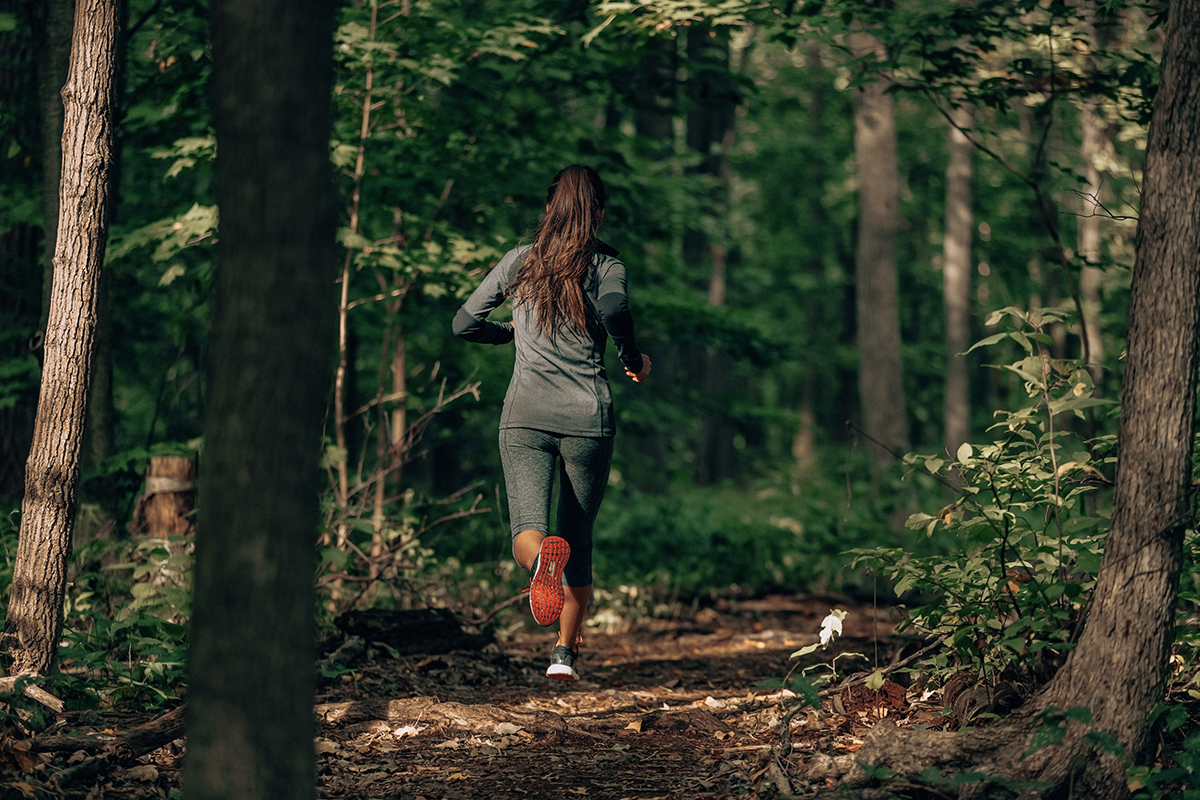Imagine lacing up your shoes for a run and inadvertently helping nature rejuvenate itself in the process. This is the underlying principle of “Rewild the Run” – an innovative 3D-printed outsole designed to fit over typical sneakers. The outsole boasts miniature loops akin to hooks, which can latch onto soil and seeds, spreading them as you jog.
Drawing inspiration from nature, these loops replicate how certain seeds attach to animals’ fur. Moreover, the outsole’s base imitates a bison’s hoof. This keystone species, known for its significant ecological impact, helps aerate the ground and embeds seeds with its distinct hoof structure.
By dispersing seeds, these outsoles could potentially contribute to rewilding efforts, an ecological method that promotes nature’s self-regeneration with minimal human involvement.
Kiki Grammatopoulos, the mastermind behind this invention and a master’s student at Central Saint Martins, reveals, “Living in London, I felt distant from nature. I began contemplating ways to simulate keystone species in an urban setting.”
Nature as the Blueprint
Grammatopoulos leaned into biomimicry, a design approach that mimics nature’s methods. She explored the structure of cocklebur and grappled plant (or devil’s claw) seeds to design the loops on the outsole. Interestingly, the cocklebur seed once inspired the invention of Velcro, having been observed by George de Mestral as it clung to his dog.
For initial tests, Grammatopoulos utilized Velcro. She explains, “Before diving into 3D designs, I tested with Velcro on my shoes to observe the debris it collected.”
These outsoles can accumulate and spread small and large seeds, presenting a more effective solution than standard running shoes. Still, Grammatopoulos clarifies, “It’s still a concept, not a retail product.”
However, Ralph Fyfe, a rewilding authority at the University of Plymouth, acknowledges, “Every small contribution can aid nature recovery.” Yet, there are concerns. Stephen Carver from the University of Leeds warns about the potential spread of invasive species, questioning the ability of the shoes to discern between native and non-native seeds.
Grammatopoulos concurs on the need to prevent the spread of harmful species. As her design evolves, she hopes to work on species selection and encourages users to steer clear of areas with invasive species. She aspires for full-scale rewilding but believes, “In urban areas, where space is a luxury, rewilding might take a different, smaller form.”
In an era where the line between human innovation and nature is increasingly blurred, “Rewild the Run” offers a fresh perspective on ecological conservation. While challenges remain, it underscores the boundless possibilities of blending technology with nature, pushing us to reimagine how everyday activities can contribute to global conservation efforts. As cities become more congested and natural spaces shrink, perhaps we find a way back to nature in these small steps – or strides –.







